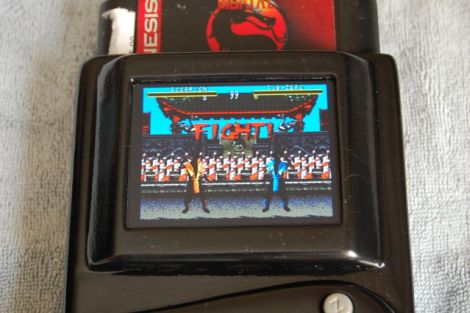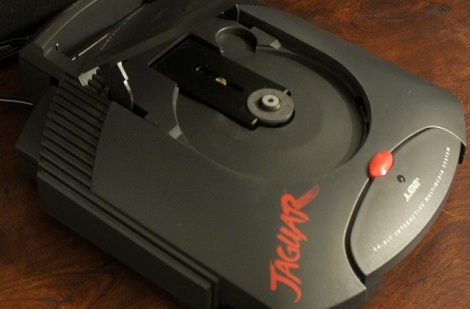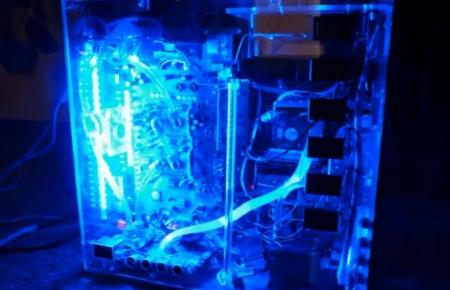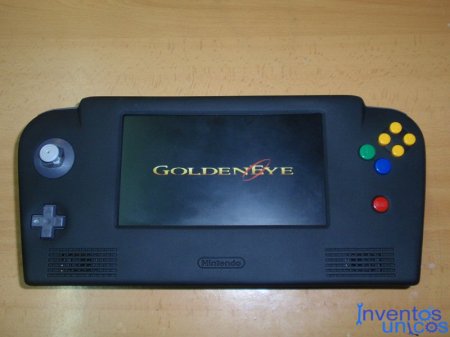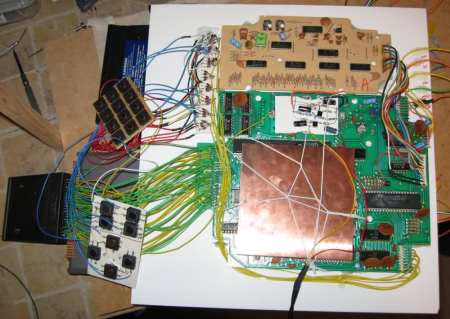
[Bacteria] retro console modder extraordinaire, is back at it with a rather massive project. “Unity”(originally Dubbed Alpha Omega), this will be a single unit that can play games from 20 different console systems. It will run from one power supply, have one video output, and strangely enough, one controller.
[Chris Downing] was nice enough to tip us off to a video of the Unity controller in action. The controller isn’t quite as bulky as we would have assumed with the extensive list of consoles it has to support, but that could be, in part, due to the fact that you actually swap out the brains for the controller for each system’s compatibility.

